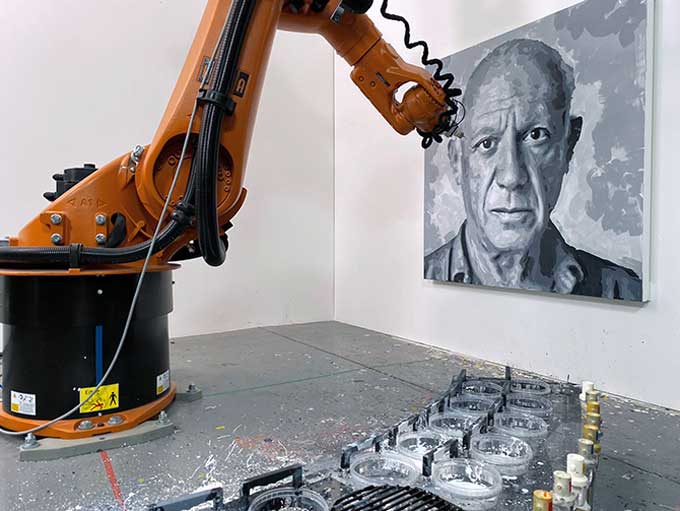Amazing Things you can Create with a 3D Printer as a 3D Artist

Technology is transforming the 3D art industry at an exponential rate. The 3D printer allows us to create substantial, compact models of any 3D art. 3D art is constantly evolving, and every new innovation simply blows our minds. Every year, 3D modeling programs improve, the possibilities for making hyper-realistic renders and visualizations increase, and the appearance of VR equipment for 3D programs has changed 3D modeling altogether.
Art has always adapted to technological advances throughout history. Thus, it shouldn't come as a surprise to most that they have embraced 3D printing technology with open arms.
Architecture
Architecture and civil engineering found an excellent use for 3D printers after they arrived - stamping architectural 3D models. Investors and clients like to see hyper-realistic renderings, but 3D models are an excellent way to present your product.
The creation of physical models was done by architects manually, step by step, until recently. Precision was the main concern when manually modeling architectural models. But today, 3D printers can create exact models using previously entered dimensions.
Visual Arts
Of all the art forms that can utilize 3D printing technology, visual arts are perhaps the most obvious. Virtually anywhere you look, you can find 3D printed art installations, sculptures, and more. They can now create complex structures that would otherwise be impossible, or extremely time-consuming and difficult to make, using 3D printing. Artists can also create 3D printed pieces without specialized skills, since they only need CAD design knowledge and a 3D printer to do so.
Medical
Although visualization of 3D medical models already affected this industry, today, when various materials for 3D stamping are available, 3D printers have found even greater use in medicine.
Surgeons and doctors can learn anatomy by using 3D printed organs. Students can learn all about the human body at an affordable price with realistic human anatomy.
Doctors & surgeons can gain useful knowledge about diseases & other medical conditions by using realistic medical models. Surgeons can perform a mock surgery on realistic 3D printed models before operating a patient which will give less error in the operation theatre.
Entertainment
The arts discipline that theatre falls under is so comprehensive that it's no wonder it can take full advantage of what 3D printing has to offer. In the current digital age when it is possible to create 3D printed buildings and houses, the theatre industry has decided to use the technology to create their own housing as set pieces and props. Costume pieces that were previously difficult to create can now be made in hours, no matter how elaborate the design. Every printed item in theatre is applauded, from set design to costumes.
Beyond 3D printed costuming and props or set pieces, cinematography makes use of 3D technology in quite a few of its branches. Since 3D printing allows for precise design and perfected end products, it's no wonder this industry loves it. It is faster to print replacement parts for broken equipment than to order the correct parts. It is far more appealing to print stop-motion animation than to do so in the traditional way.
Industrial Design
In the past few decades, industrial design has become cheaper due to mass production, impacting the quality of products. People are searching for unique designs after years of mass production, which are usually too expensive.
With 3D printed furniture, industrial designers and architects can plan interiors more effectively. Furthermore, 3D models can be repeatedly reused and printed.
To learn more, watch the following video tutorial.
Video Source: The Gnomon Workshop
Footwear & Fabrics
3D printing of fabrics sounds impossible, but it is possible. Through the use of software that collects body data, it is now possible to produce perfect-fitting clothing. The 3D-printed clothes are recyclable, they take less time to produce, and they require less labor. Most fabrics are made from nylon, which is a flexible, thin, strong, and waterproof material.
Laser-sintered nylon is another example of how 3D printers can be used to make footwear. Rather than sneakers or boots, designers are creating sandals and high heels instead of synthetic materials since synthetic materials do not provide the comfort of organic materials.



